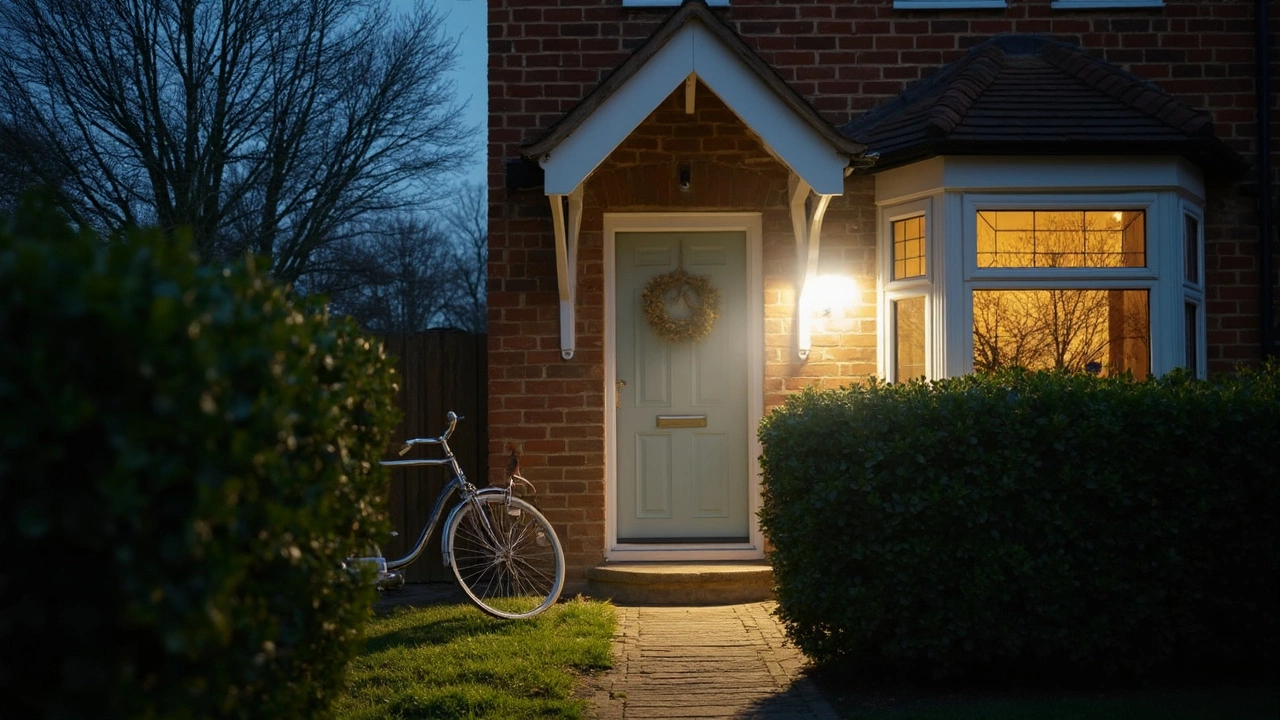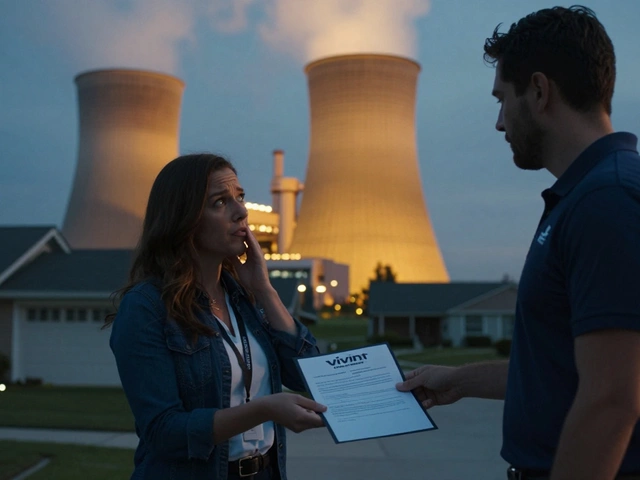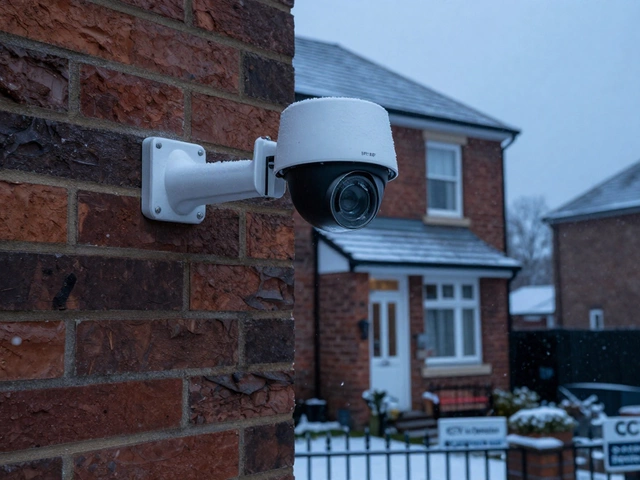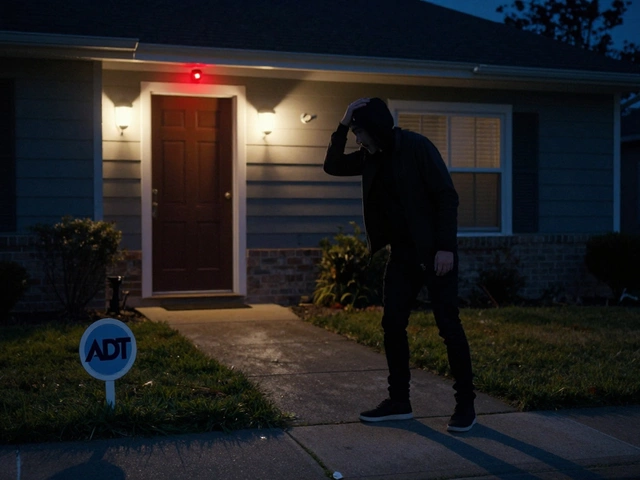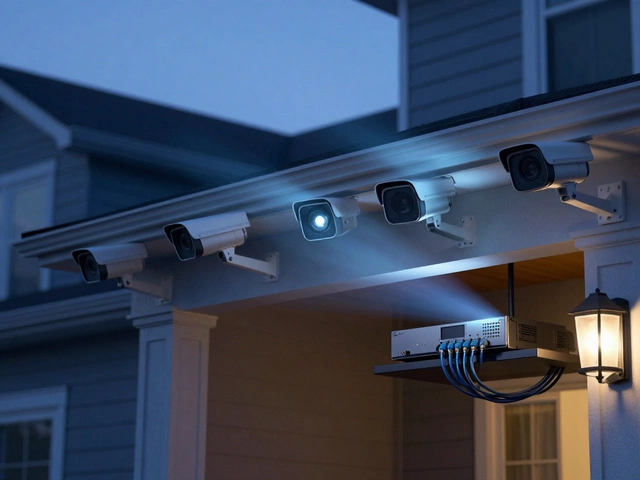Lumens Explained – What They Are and Why They Matter for Security
When you hear the word “lumens” you might think it’s a techy term only electricians use. In reality it’s just the measurement of how much light a bulb puts out. The higher the lumens, the brighter the light. For a homeowner, knowing lumens helps you pick lights that actually keep intruders away.
Most people compare watts when buying bulbs, but watts tell you how much energy a bulb uses, not how bright it is. Two bulbs can both be 10 watts yet one might shine with 800 lumens and the other with only 400. That difference can be the line between a well‑lit porch and a shadowy hide‑spot.
Choosing the Right Brightness for Outdoor Security
Start with the areas that matter most: driveways, entrances, and backyards. A good rule of thumb is 700‑1,200 lumens for a floodlight covering a 20‑foot radius. If you have a long driveway, break it up with multiple fixtures so the light stays even.
LED floodlights are the go‑to choice because they give high lumens while using little power. Look for a product that lists a “beam angle” – a wider angle spreads light over a larger area, while a narrower angle focuses it on a specific spot like a front door.
Don’t forget motion sensors. Pairing a 1,200‑lumens LED with a sensor means the light only turns on when movement is detected, saving energy and startling anyone who approaches.
Boosting Indoor Safety with Proper Lighting
Inside the house, lumens still matter. Hallways, stairways, and garage entrances should be bright enough to see clearly – aim for 300‑500 lumens per fixture. Overhead LEDs in these spots keep the space well lit without harsh glare.
If you use smart bulbs, you can adjust lumens on the fly. Dim the lights for movie night, then crank them up to 800 lumens when you need extra safety during a power outage. Many smart systems also let you set schedules, so you never forget to turn lights on before you get home.
Finally, think about color temperature. A cooler white (4,000‑5,000K) feels more alert and is better for security, while warm whites (2,700‑3,000K) create a cozy vibe. Mixing both can give you a pleasant home while keeping the most vulnerable spots bright and clear.
Understanding lumens is simple: more lumens equals brighter light, and brighter light equals fewer hiding places for burglars. Use the numbers above as a starting point, test a few fixtures, and adjust until every corner of your property is lit just right. With the right brightness, you’ll feel safer and your home will look more inviting for visitors and less attractive to thieves.

